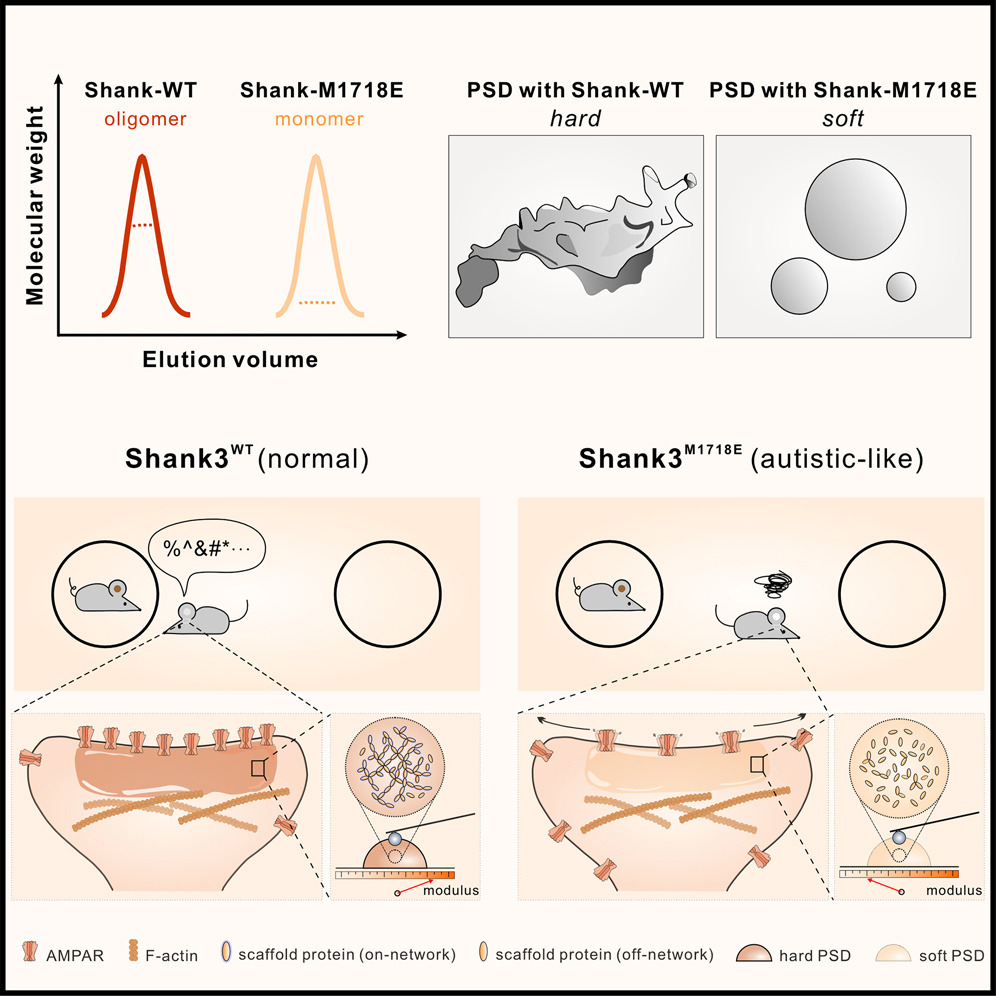An unexpected INAD PDZ tandem-mediated plcβ binding in Drosophila photo receptors
2018.12.10Ye, F., Huang, Y., Li, J., Ma, Y., Xie, C., Liu, Z., Deng, X., Wan, J., Xue, T., Liu, W., and Zhang, M.(2018). eLife, 7, e41848.
INAD assembles key enzymes of the Drosophila compound eye photo-transduction pathway into a supramolecular complex, supporting efficient and fast light signaling. However, the molecular mechanism that governs the interaction between INAD and NORPA (phospholipase Cβ, PLCβ), a key step for the fast kinetics of the light signaling, is not known. Here, we show that the NORPA C-terminal coiled-coil domain and PDZ-binding motif (CC-PBM) synergistically bind to INAD PDZ45 tandem with an unexpected mode and unprecedented high affinity. Guided by the structure of the INAD–NORPA complex, we discover that INADL is probably a mammalian counterpart of INAD. The INADL PDZ89 tandem specifically binds to PLCβ4 with a mode that is strikingly similar to that of the INAD–NORPA complex, as revealed by the structure of the INADL PDZ89–PLCβ4 CC-PBM complex. Therefore, our study suggests that the highly specific PDZ tandem – PLCβ interactions are an evolutionarily conserved mechanism in PLCβ signaling in the animal kingdom.
- Recommend
-
2025-10-22
IQSEC2/BRAG1 may modulate postsynaptic density assembly through Ca2+-induced phase separation.
-
2025-08-22

Shank3 oligomerization governs material properties of the postsynaptic density condensate and synaptic plasticity.
-
2025-08-21
Modulating synaptic glutamate receptors by targeting network nodes of the postsynaptic density condensate.
-
2025-08-19
Current practices in the study of biomolecular condensates: a community comment.
-
2025-06-10
Phase separation instead of binding strength determines target specificities of MAGUKs.

